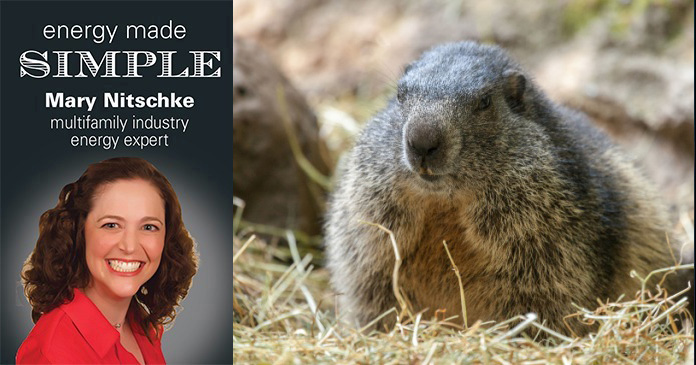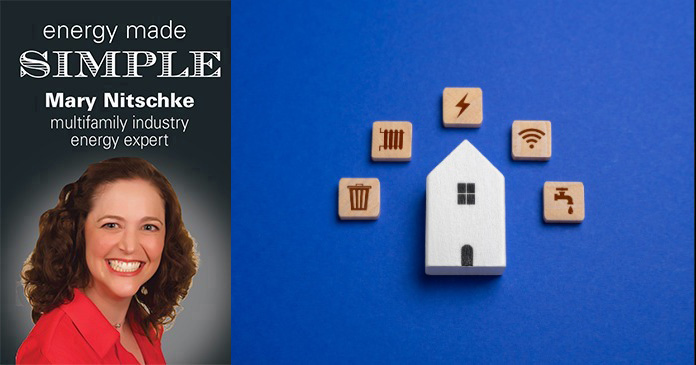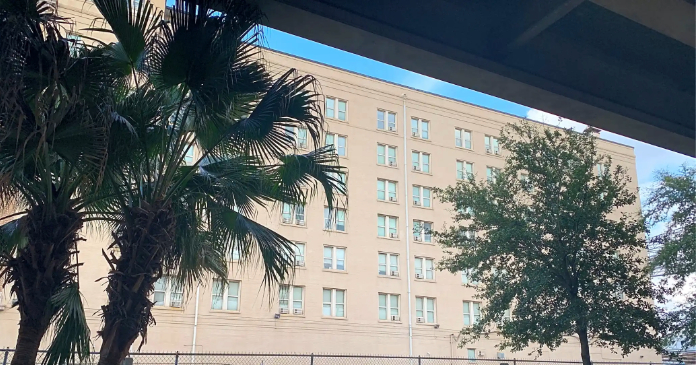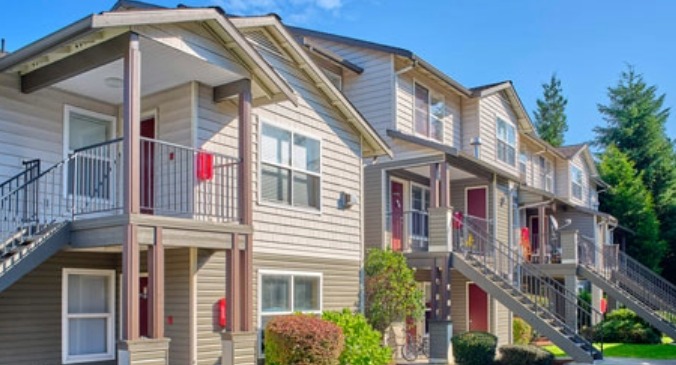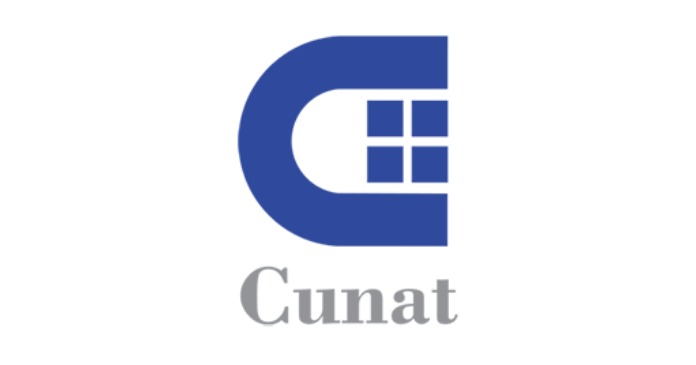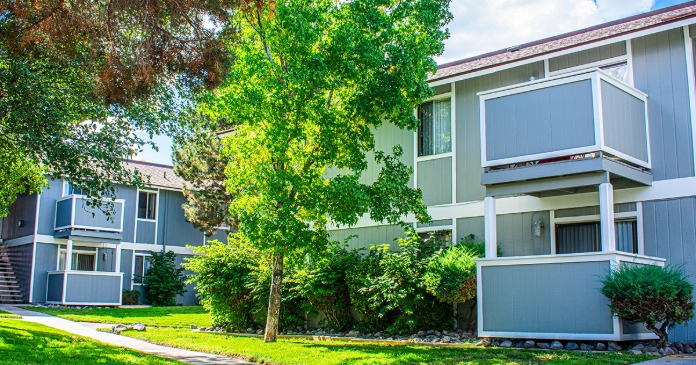On February 2, 2025, Punxsutawney Phil, AKA “The Groundhog” suggested that there would be 6 more weeks of winter. Over the past 130 years, Phil has been accurate about 40% of the time, which is not too shabby considering the Farmer’s almanac is 44.4% accurate and the people who make those predictions are not rodents who sleep in holes in the ground. Given the recent cold front, I think this year is going to be one of Phil’s finest predictions. So, as we swirl into a polar vortex, it might be a good time to talk about our building envelope.
The building envelope consists of all the physical barriers that separate a building’s interior from its exterior. It includes the walls, roof, foundation, doors, and windows. Although it is typically not cost effective to upgrade windows or add insulation to the walls, believe it or not, you can reduce your energy loss (save money) without significant upgrades.
Eleven percent of heat/energy loss in your property occurs through loss to leaks. This means the window frames and sealing, and door frames and sealing are the losers, not so much the glass and the wood doors. Over time, the seals around our windows and doors degrade.
Making sure you do not have leaks is pretty easy. If you notice chilly air coming in around your doors or windows, chances are that your fenestration could use a new sealant, which is very inexpensive compared to full window and door replacements.
Another low cost/no cost solution is to make sure that your windows and doors are closed. Doors get understandably propped open during move in and move out activities, but it is easy to forget to close them after all the belongings have come or gone. Advising your porters to observe if doors have been propped open with no movement occurring and shutting the doors helps control these costs. Additionally, due to air pressure issues, doors that normally shut may be slightly ajar. Again, communicating with your porter team to close these doors all the way will substantially improve your envelope.
Lastly, it is good practice to have your porter team review common areas about an hour after cleaning has occurred. Often, even in winter, windows are opened to vent the odors from cleaning supplies and all your warm air is blowing out the window. Whereas it is good practice to get those chemicals out of your building, windows do not need to be left open for days to do so.
Unlike Phil, we most likely lack a sweet fuzzy fur coat to keep us warm during this polar vortex. It is good practice to keep our spaces properly prepared for the polar vortex, especially since our beloved ground hog saw it coming.


